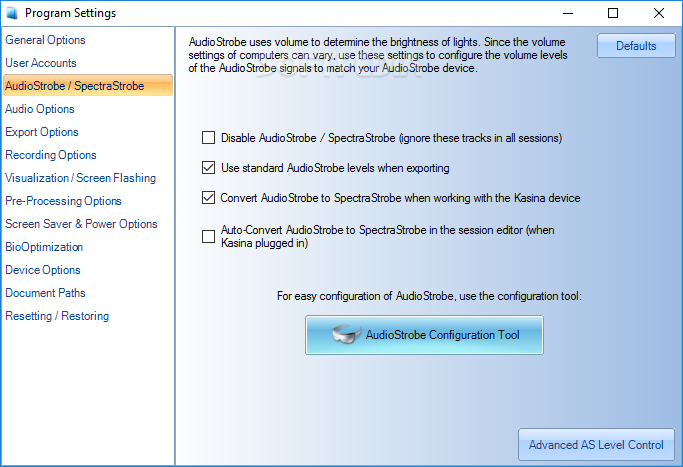
- #Neuro programmer 3 does not display serial
- #Neuro programmer 3 does not display software
- #Neuro programmer 3 does not display trial
- #Neuro programmer 3 does not display windows
This value, 4C CF will then have a checksum of B3 30, which I will write to the chip.


Using this method of calculation, I need the new cluster to read 314K, so I can divide it by 16 and convert it to HEX to give me the base value in the odometer dump. To decode, simply convert the number to decimal using a hex to decimal converter, and then multiply by 16 to give you the odometer reading in kilometers. Therefore the only characters that store actual information are the first two HEX digits, 33 and 85. A HEX lookup table, which is 0-F and F-0 backward is used to determine the inverse of each character.įor example, a “3” will be inverted as “C”, and 8” inverted as “7” and “5” inverted as “A”. The numbers are actually the HEX invert of each other, and act like a checksum. Knowing this, if we focus on the last few lines in the EEPROM dump, you’ll notice the characters 33 85 CC 7A repeated 8 times. The major value is what I’ll be focusing on, since that controls the thousands of kilometers which is more important. Trip A and B are also stored in the EEPROM. The odometer has a major value in addition to a minor value that increments.
#Neuro programmer 3 does not display trial
Through a lot of trial and error, back and forth in the vehicle, and a few hours of hair pulling, calculating and note-taking, I was able to come up with a rough idea of how the odometer program works. Or if the engineer inside you is itching to make sense of 256 HEX characters, you can attempt to decode it. The additional advantage is I could now quickly disconnect and reconnect my chip to the odometer board, and then test my new program out on the car as I decoded the odometer program.Īt this point you can merely save the odometer dump, and write it to your new cluster. So I soldered wires to the “new” chip, and was able to connect it to the programmer directly, without having the board hamper the write function. The 93C56 chip is identical electronically to the L56 chip. I found another replacement chip, the Microwire 93C56 chip from a car’s ECU I had laying around. Luckily, I had saved the EEPROM information I downloaded earlier.

This is why you should use a hot air station so it heats all the pads evenly and you can just pick the chip off the board instead of prying it. So off we went trying to desolder an SMD chip…Īnd SNAP!!! The leads broke off the chip. The EEPROM must be removed from the board if you want to write to it, as it can’t be programmed in circuit. Using the PonyProg software, I was able to read and save the information from the odometer chip. That’s it!Īnd here’s my programmer connected to the PC.Īnd the breadboard with the resistors and diodes. The rest is some 22 AWG hookup wire and a breadboard ($5). All it is are three 5V zener diodes ($1) and three 4.7K ohm resistors ($1).
#Neuro programmer 3 does not display serial
It interfaces through the RS232 serial port. This is the EEPROM programmer I built to connect the chip to my desktop computer. Here's the original instrument cluster from my LX sedan, 314,622 km, and here’s my new cluster.
#Neuro programmer 3 does not display software
#Neuro programmer 3 does not display windows



 0 kommentar(er)
0 kommentar(er)
